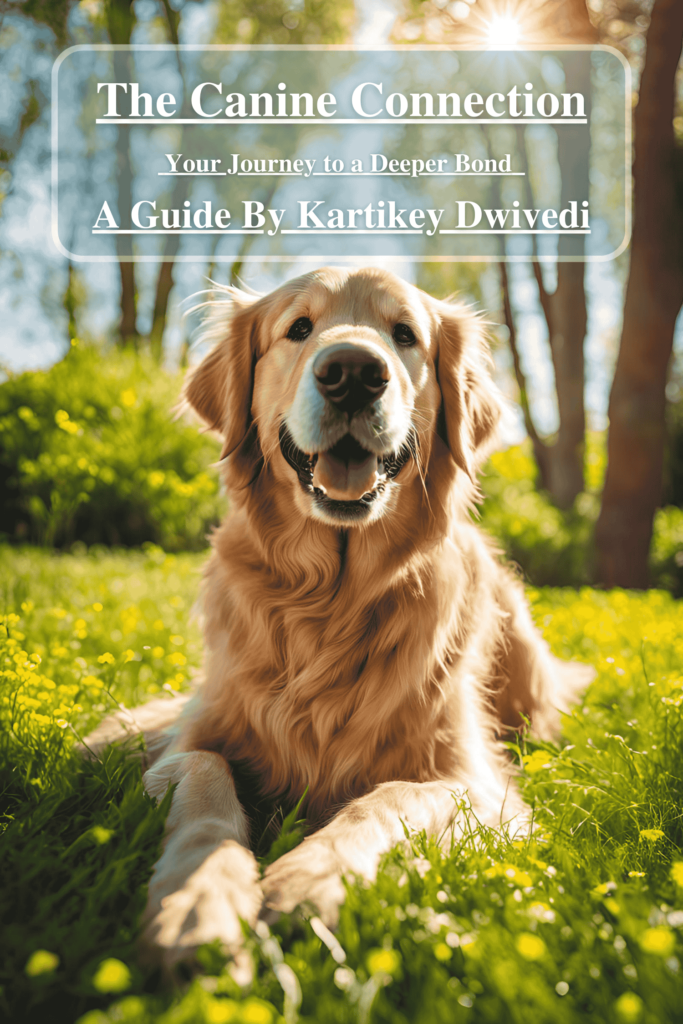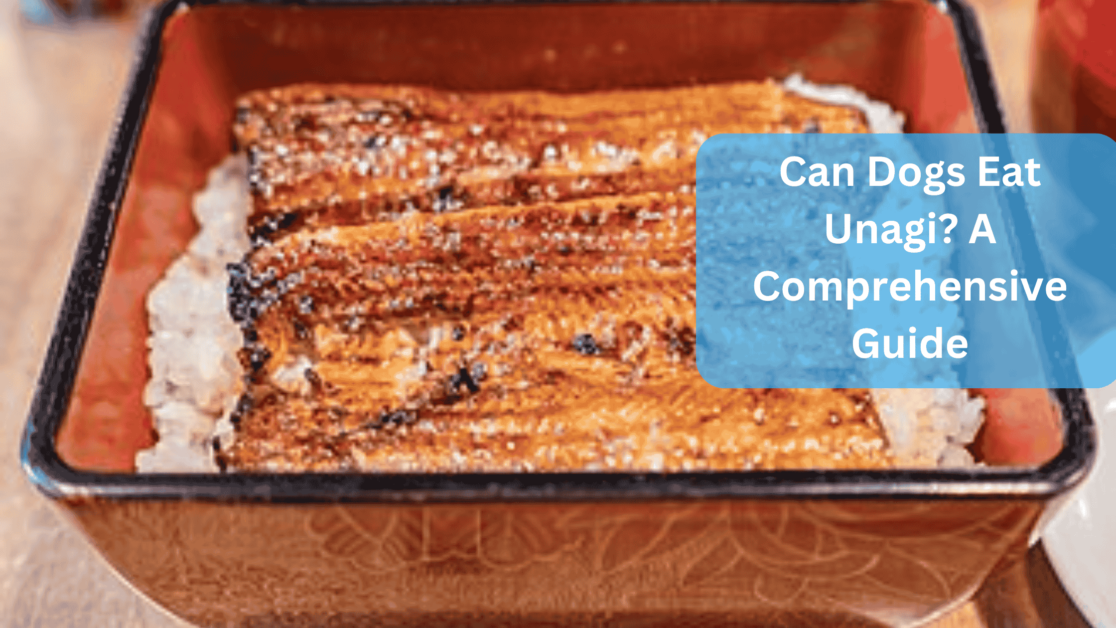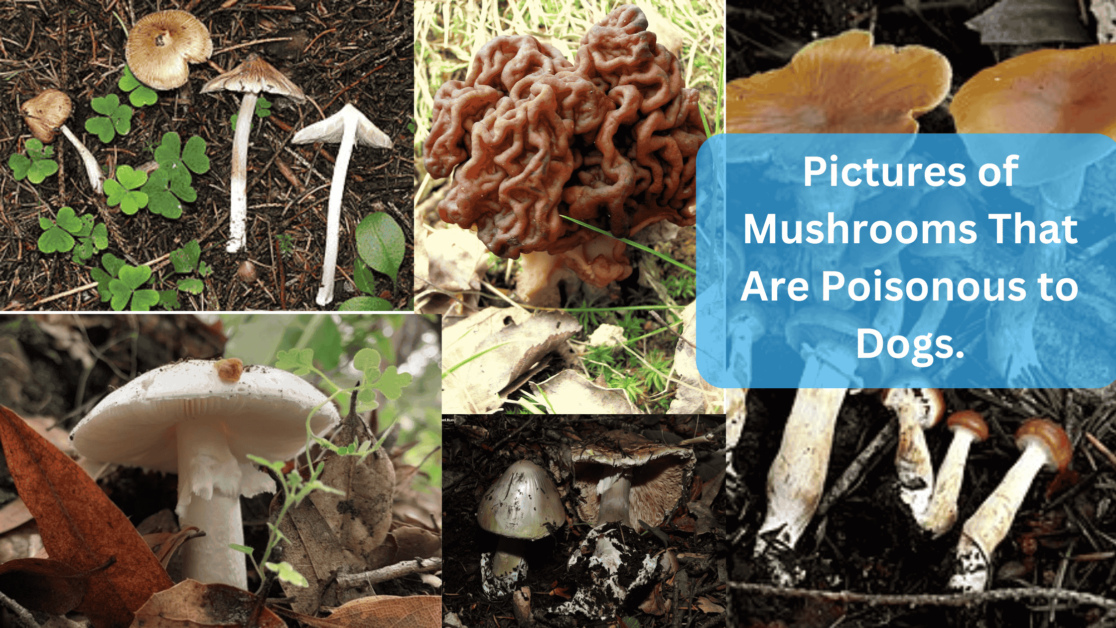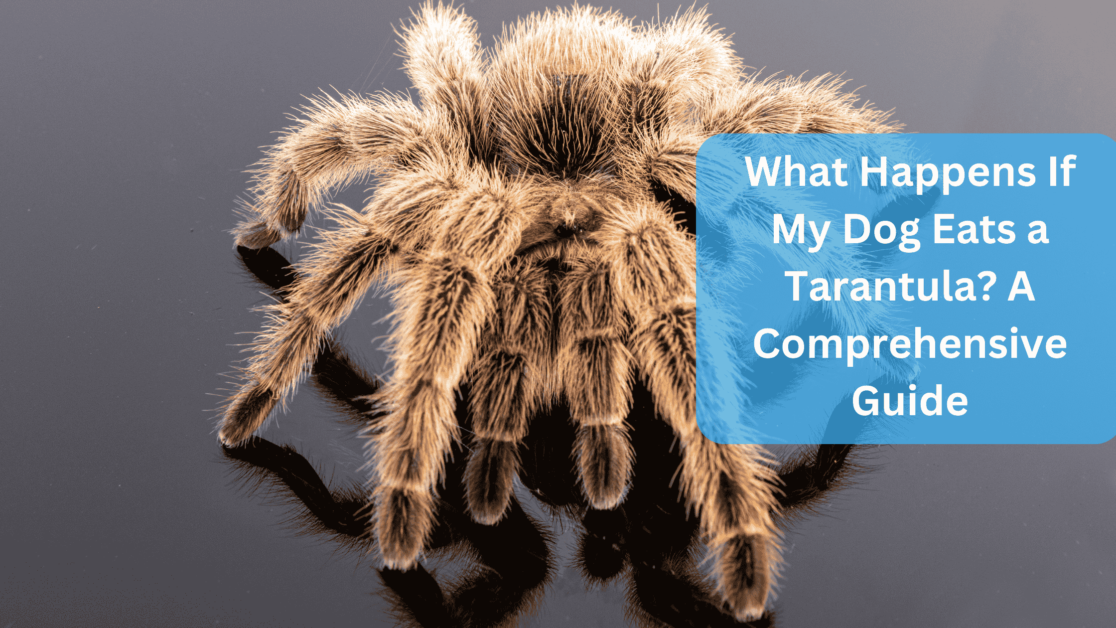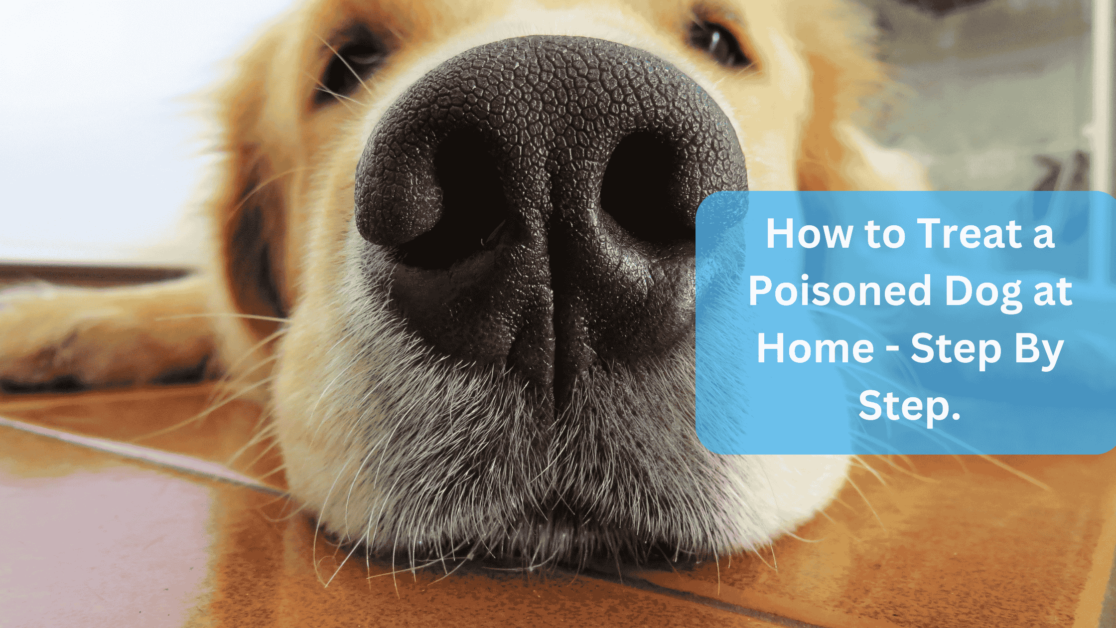How to Treat a Poisoned Dog at Home? Imagine this: your beloved dog, who usually bounds around with endless energy, suddenly starts acting strangely.
Maybe they’re drooling excessively, or you catch them sneaking a bite of something suspicious in the garden. Panic sets in as you realize that your furry friend may have ingested something toxic.
While it’s always best to consult a veterinarian, there are steps you can take at home if you find yourself in a situation where immediate veterinary help isn’t available.
This guide will equip you with the knowledge and confidence to handle such emergencies effectively.
How to Treat a Poisoned Dog at Home – Step By Step.

Step 1: Recognizing the Signs of Poisoning in Your Dog
Before diving into action, it’s crucial to recognize the signs of poisoning. Dogs can’t tell us what’s wrong, but their bodies often give us clear signals. Here’s what to look for:
- Gastrointestinal Distress: Watch for vomiting, diarrhea, or excessive drooling. If your dog suddenly refuses food or water, that’s another red flag.
- Neurological Symptoms: Look for signs like tremors, seizures, or disorientation. If your dog seems unusually weak or is having trouble standing, it could indicate a serious problem.
- Respiratory Issues: Difficulty breathing or coughing can signal that something is seriously wrong.
- Cardiovascular Problems: An abnormal heart rate (either too fast or too slow) or collapse should prompt immediate action.
- Skin Reactions: Swelling, redness, or irritation can indicate exposure to a toxic substance.
Step 2: Gathering Information
Once you notice these symptoms, it’s time to gather as much information as possible. This will be invaluable when you seek help:
- Identify the Substance: If you suspect your dog has ingested something harmful, try to determine what it was. Common household items like cleaners, certain plants (like lilies), and foods (like chocolate and grapes) can be toxic.
- Estimate the Amount: How much do you think your dog consumed? Was it just a nibble or a large quantity? This information will help professionals assess the situation better.
- Time of Exposure: When did this happen? The sooner you act after ingestion, the better the chances of recovery.
- Observe Symptoms: Keep track of all symptoms and any changes in behavior. This will help the vet understand what’s going on.
Step 3: Contacting Veterinary Help
Even if you’re equipped with knowledge about potential treatments, contacting a veterinarian is crucial. They have the expertise to provide tailored advice based on your dog’s specific situation. If you can’t reach your regular vet:
- Emergency Vet Clinics: Locate an emergency veterinary clinic nearby.
- Pet Poison Control Center: Many regions have poison control centers specifically for pets that can offer guidance over the phone.
When you contact them, provide all the information you’ve gathered—this will help them give you the best advice possible.
Step 4: Immediate First Aid Measures for dog Poisoning
While waiting for professional guidance, there are some first aid measures you might consider—but only if advised by a veterinarian. Here’s what they might suggest:
1. Inducing Vomiting in Dogs:
- If instructed by a vet and if the substance is not corrosive (like bleach) or a hydrocarbon (like gasoline), inducing vomiting may be appropriate.
- Use 3% hydrogen peroxide at a dosage of about 1 teaspoon per 5 pounds of body weight (do not exceed 3 tablespoons for larger dogs).
- Important Note: Never induce vomiting if your dog is unconscious, having seizures, or has ingested corrosive substances!
2. Using Activated Charcoal for a Poisoned Dog:
- This can be administered to absorb toxins but should only be given if specifically recommended by a veterinarian.
3. Flushing Affected Areas of a Poisoned Dog:
- For skin exposure: Wash the area thoroughly with mild soap and water.
- For eye exposure: Flush with clean water for at least 15 minutes to remove any irritants.
Step 5: What to Expect at the Vet
Once you arrive at the veterinary clinic (hopefully with your pup in tow), here’s what typically happens:
- Diagnosis and Stabilization: The vet will perform a physical examination and may run diagnostic tests (like blood work) to assess your dog’s condition.
- Decontamination Procedures: Depending on what your dog ingested, they may induce vomiting (if not done already) or perform gastric lavage (stomach pumping) in severe cases.
- Antidote Administration: If there’s a specific antidote available for the poison involved, they’ll administer it promptly.
- Supportive Care: Your dog may receive IV fluids for hydration and medications to control symptoms like seizures or vomiting.
Step 6: Prevention is Key
After this harrowing experience, it’s essential to take steps to prevent future incidents:
- Safe Storage of Poisons: Keep household products out of reach in locked cabinets and ensure that toxic plants are removed from your home and yard.
- Educate Yourself: Familiarize yourself with common pet toxins—knowledge is power! Share this information with family and friends so everyone knows what’s safe and what’s not.
- Regular Check-Ups: Schedule routine vet visits to ensure your furry friend stays healthy and happy.
Also Read: Are Crocus Poisonous to Dogs?
Also Read: Are Dandelions Poisonous to Dogs?
Final Thoughts
While dealing with potential poisoning in dogs can be terrifying, remember that acting quickly and seeking veterinary guidance can make all the difference.
Always prioritize professional help over home remedies unless explicitly advised otherwise. With this guide in hand, you’ll be better prepared to handle emergencies involving your beloved canine companion. And who knows? With a little luck and care, your pup will be back to their playful self in no time!
Now go give that furry friend of yours an extra cuddle—after all, they deserve all the love in the world! 🐶❤️
Sources:
- https://www.semanticscholar.org/paper/fa152ce9e0ca5cd9315cf4113731c24fd282fe22
- https://www.ncbi.nlm.nih.gov/pmc/articles/PMC10828776/
- https://pubmed.ncbi.nlm.nih.gov/37943072/
- https://www.ncbi.nlm.nih.gov/pmc/articles/PMC11223573/
- https://www.semanticscholar.org/paper/9afb812fe1fd05020f620dc01b4ca1384616e8f5
- https://www.semanticscholar.org/paper/5cac0c5e49a0f4714839ab1233f9cc454575f301
- https://www.semanticscholar.org/paper/28005bc8a8f10d6c594604f7820cf47df9da2a69
- https://www.semanticscholar.org/paper/ef5ed0657ed79d4f92702507a583fa8fa1d04d7f


